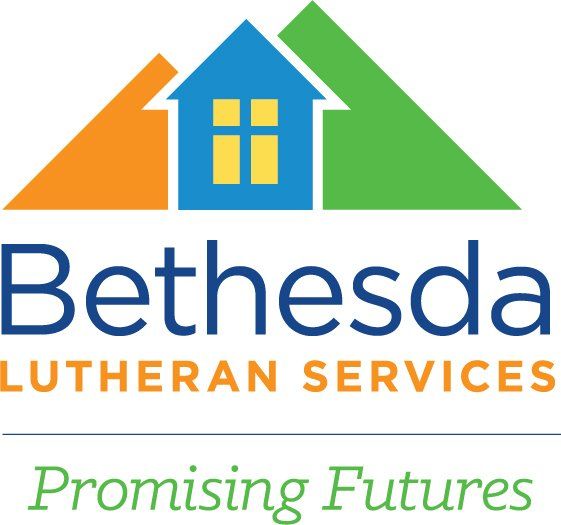Trauma Informed Agency
OUR AGENCY: Bethesda Lutheran Services has been working diligently since 2017 as trauma-informed agency. Bethesda identified the need to meet the needs of youth in a way that recognizes their trauma and to provide staff with the support and training to do so.
As of 2025, agency-wide, the Trauma-Informed Care initiative continues in the maintenance phase. We continue to have quarterly meetings addressing our ongoing plan as well as a subcommittee that include parents/guardians.
Being a trauma-informed agency means that Bethesda has committed to changing the practices, the policies and the culture of the entire organization. The agency acts in collaboration with all those who are involved with the youth; using the best available science to maximize physical and psychological safety, facilitate the recovery of the youth and their family and to support their ability to thrive. This type of change requires that staff at all levels and in all roles modify what they do based on an understanding of the impact of trauma and the specific needs of those with a trauma history. This process takes time and requires that an agency understand the stages of change and how to identify its own strengths and challenges.
OUR PROCESS: We use a four-stage, evidence-based model based on the Harris and Fallot model. This model is centered on the principles of trauma-informed care which are safety, trustworthiness, choice, collaboration, and empowerment.
Step One is to become trauma aware. This means that our agency is aware of the pervasiveness of trauma and has considered how trauma has impacted our clientele and staff.
Step Two is to become trauma-sensitive. This requires exploration of the principles of trauma-informed care within the environment of the agency, to build polices and establish practices based on the trauma-informed principles, to consider the effect of implementing trauma-informed policies and procedures, and finally to prepare for change.
Step Three is to begin the transition to a trauma-informed agency at all levels.
Step Four is to normalize trauma-responsive practices. At this point, the trauma model has become intrinsic to every member of the agency that the agency can then collaborate with outside partners.
In February of 2020, the trauma-informed committee began working to address the goals of their finalized plan. This in an ongoing and process that will be reviewed and adjusted as needed.
Some examples of successful outcomes include camera and lighting system updates, extensive trauma-related training, evidence-based group, and individual therapies and formalized clinical assessments.
